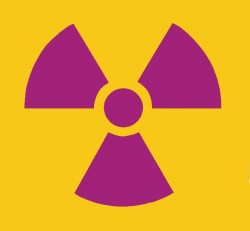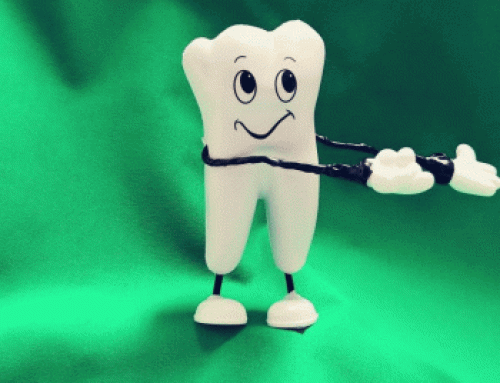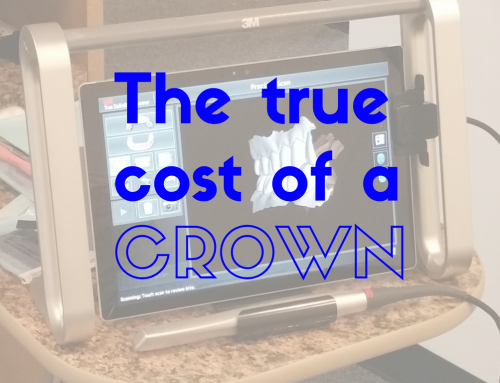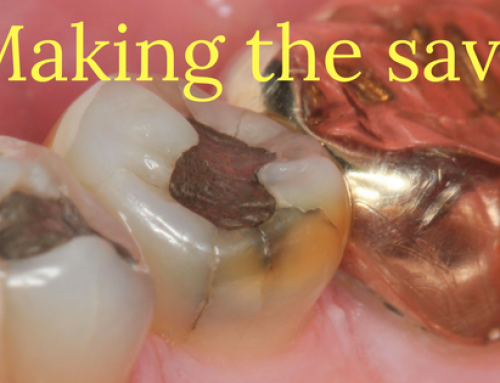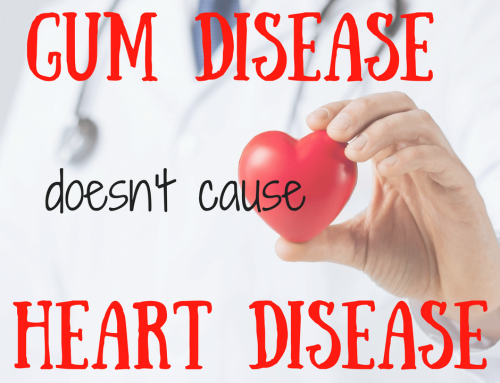I recently wrote about some new research that connected dental x-rays to a common brain tumor called a meningioma. Unfortunately, the news media took the “connection” from the research and made some pretty sensational claims. It made a lot of dentists pretty mad and it made a lot of patients pretty nervous.
Today I got a suggestion from a Facebook friend:
“Al, I’ve seen the phrase ‘levels of radiation that are so small as to be insignificant’ used a fair bit in the last few years. Particularly in relation to the Japanese disaster and the observation of levels of radiation around the world due to it…I think it would be instructive to have hard numbers to compare to background and other common sources that are considered safe.”
I agree. I’ve been explaining how safe x-rays are to patients for so long, I’ve kind of forgotten about the actual amounts of radiation that we expose them to. So let’s talk a little bit about radiation.

Electromagnetic radiation like visible light and x-rays travels in waves. And I have a cool graphic of it.
Electromagnetic radiation, or EMR, is any form of energy that travels in a wave. Visible light, radio waves, microwaves and x-rays are all forms of EMR that are common to us. The different types of EMR are characterized by their wavelength and frequency. Longer wavelength radiation like radio waves and have a lower frequency and are considered “low energy.” The shorter the wavelength the higher the frequency of the energy and generally these are “higher energy.” Very high energy like x-rays and gamma rays that can cause an electron to break away from an atom are considered ionizing radiation. These are the kinds of radiation that can cause health problems. Too much ionizing radiation can cause damage to the DNA in a person’s cells, which can lead to tumor formation and even cancer. The high energy state of x-rays is also what makes them so useful for seeing structures inside the body. Visible light is stopped by the skin and soft tissues around your bones and teeth, but x-rays can penetrate through them to show us things that we cannot see with visible light alone.
Harm from radiation sources is “dose dependent,” which means that more is worse. So in order to maintain safe levels of radiation in the dental office we need to know what kind of dose that we’re giving. The dose of radiation is measured in millirems or mrem. You can actually calculate common radiation doses using this chart from the American Nuclear Society.
So what is a “safe” level of radiation dosage? According to the American Nuclear Society the average level of radiation per person in the United States is 620 mrem/year. The safe allowable dose for people that are exposed to radiation in their work (nuclear plant workers, radiology technicians) is 5000 mrem/year.
Here are some examples of radiation dosages for different common exposures:
- 1 bitewing or PA dental x-ray: 0.5 mrem
- 2 hours in a jet plane: 1 mrem
- 1 panoramic dental x-ray: ~3 mrem
- living in a stone, adobe or concrete house (instead of wood frame): 7 mrem/year
- a full mouth set of dental x-rays: 9 mrem
- chest x-ray: 10 mrem
- 1 pack of cigarettes each day: 36 mrem/year
- chest CT scan: 700 mrem
- whole body CT scan: 1000 mrem
These numbers reflect conventional film x-rays. Many dentists use digital x-ray technology which needs significantly less radiation to make x-ray images. In some cases the amount of radiation needed is 80% less than conventional film radiography, which would yield even lower radiation doses.
Even though dental x-rays have an incredibly low dose of radiation, it makes sense to limit the amount of radiation as much as possible. Patients with a proven track record of low decay rate are an example of a type of patient that may not need diagnostic x-rays each year. Other diagnostic methods like high magnification with intense lighting, evaluating saliva flow and dietary evaluation can help determine a patient’s risk for new decay. For patients who have experienced cavities recently or new patients that don’t have a track record with their dentist, taking dental x-rays on a regular basis is necessary diagnostic tool.
So what’s a patient to do? How do you know if an x-ray is necessary? You need to ask your dentist. And if you don’t feel like your dentist is hearing you, perhaps you need to find another. Having a relationship with a dentist whose opinion you trust is a great way to know that you’ve found a good balance between too many x-rays and not enough information to prevent dental problems.
Did you find this post helpful? Zealous? Wonderful? I’d love to hear about it! You can share any Mead Family Dental post with a “Like” on Facebook, a “+1″ on Google+ or you can even “Tweet” it with Twitter! All you need to do is hover over the heart shaped button next to the title of the post. Or you can leave a comment by clicking on the balloon shaped icon next to the title.
If you’re looking for a dentist in Saginaw, we’re always happy to accept new patients! You can request an appointment online or call the office at (989) 799-9133. And, as always, you can email me at alan@meadfamilydental.com. I always answer my own emails!


